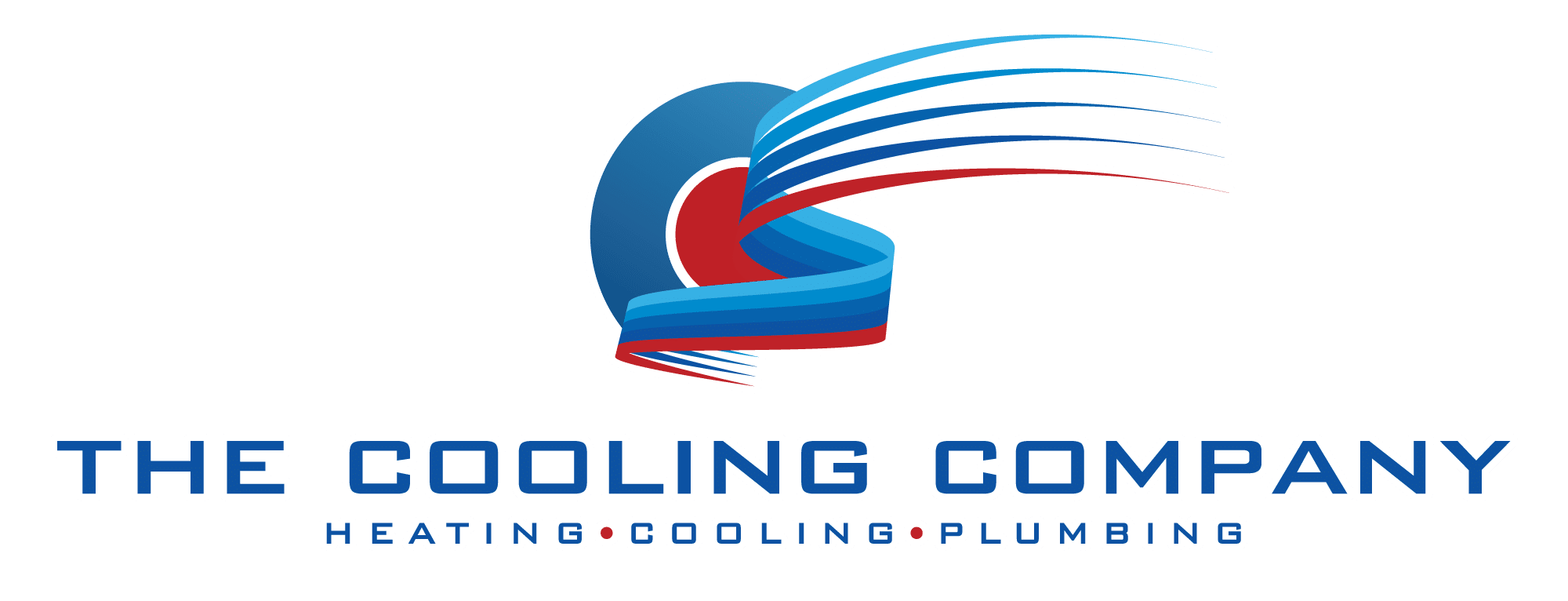Deciding on the right rooftop HVAC system for your commercial property in Las Vegas requires a clear understanding of all the variables that drive cost—and how they interact in this unique market. From accurately sizing your load requirements to selecting branded equipment, arranging installation logistics, exploring financing options, and planning ongoing maintenance, every decision impacts your bottom line. This guide breaks down each major factor in depth, providing you with the knowledge to budget confidently, avoid hidden surprises, and achieve efficient, reliable cooling for years to come.
Understanding Your Cooling Requirements
Before you can estimate costs, you must pinpoint exactly how much cooling your commercial space demands. The core of that process is a professional load calculation, which goes far beyond simple square‑footage rules of thumb.
Load Calculation Essentials
A precise load calculation considers several building‑specific factors: square footage, ceiling height, window orientation, insulation values, and internal heat gains from occupants, lighting, and equipment. In Las Vegas’s intense desert climate, solar heat gain through large glass façades can add 20–30% to the calculated tonnage compared to a similar building in a temperate zone. Manual J load calculations—performed by certified technicians—factor in local weather data, roof reflectivity, and even landscape shading. Skipping this step risks oversizing your system, which leads to short‑cycling, wasted energy, and increased wear. Conversely, undersizing forces nonstop operation, high utility bills, and insufficient cooling. For a detailed walkthrough of precise load calculations, see “What Size AC Unit Do I Need?”.
Impact of Building Characteristics
Commercial buildings vary widely in construction: warehouses often feature high bay ceilings and minimal insulation, while office towers may boast extensive glazing and partitioned interiors. Each characteristic alters the building’s thermal profile. A metal‑clad structure with poor R‑values in the roof can add thousands of BTUs to your peak cooling load, necessitating larger rooftop units. Similarly, interior layouts with server rooms or industrial machinery require localized cooling solutions or higher overall capacity. Understanding these nuances allows a more precise equipment selection and prevents costly last‑minute changes during installation.
Equipment Selection and Cost Drivers
Once you know your tonnage requirement, equipment choice becomes the next largest budget driver. System capacity, brand, efficiency rating, and optional add‑ons all influence the installed cost.
System Capacity and Pricing
Rooftop units come in standardized tonnages—2, 3, 5, up to 30 tons. In general pricing terms for Las Vegas:
-
Small units (2–5 tons) typically run $6,000–$10,000 installed each.
-
Mid‑range units (6–15 tons) fall between $10,000–$18,000 each.
-
Large systems (16–30 tons) escalate from $18,000 into the $30,000+ range.
Each jump in capacity requires not only a larger compressor and coil but often a heftier curb adapter and more complex duct tie‑ins. Moreover, adding multiple smaller units instead of one oversized system can offer redundancy but may increase total equipment counts and associated controls costs.
Brand and Efficiency Considerations
Brand choice introduces another pricing layer. Premium manufacturers like Lennox and Trane often command 15–25% higher prices than value brands, but bring extended warranties, advanced controls compatibility, and tighter quality tolerances. In Las Vegas’s demanding climate, those warranties can prevent unexpected repair bills down the road. Efficiency ratings, measured by SEER (Seasonal Energy Efficiency Ratio) and IEER (Integrated Energy Efficiency Ratio), further affect cost. Moving from a SEER 14 model to SEER 16–18 typically adds $1,000–$3,000 per unit, yet rebates from NV Energy or federal tax credits can recoup much of that premium over a few years of operation.
Add‑Ons and Enhanced Controls
Modern rooftop installations often include optional features that improve performance or indoor air quality but add to upfront costs. Electronic expansion valves, variable‑speed compressors, and integrated building‑management system connectivity can collectively add $1,500–$4,000 per unit. Air purification modules—such as UV‑C lamps or high‑MERV filtration—average an extra $300–$800. While these features boost long‑term savings and occupant health, they require careful budgeting and clear ROI projections.
Installation Logistics and Expenses
Equipment cost is only part of the picture. Installing rooftop HVAC systems demands specialized logistics, skilled labor, and regulatory compliance.
Site Preparation and Structural Work
Most commercial rooftops need structural evaluation before placing multi‑ton equipment. Engineers assess roof load capacity and recommend reinforcement—often adding steel curb supports or timber blocking. Those measures typically cost $2,000–$6,000 depending on building size and existing conditions. Adding curb openings, weather seals, and curb adapters further increases material and labor needs.
Crane, Rigging, and Labor Costs
Hoisting heavy rooftop units requires crane rental, certified riggers, and safety flaggers to secure the site. In Las Vegas, crane mobilization runs $2,000–$3,500 per day plus $250–$500 per hour rigging fees. Labor for HVAC technicians, electrical crews, and mechanical helpers averages $100–$150 per hour. A rooftop install spanning 60 crew‑hours will add $6,000–$9,000 in base labor, before any evening or weekend premiums.
Permits, Inspections, and Compliance
Clark County and City of Las Vegas require mechanical permits for commercial rooftop units, covering plan review, structural sign‑off, and multiple site inspections. Fees run $900–$1,500, and plan approvals take 2–3 weeks on average. Scheduling these approvals into your project timeline prevents shutdowns and costly re‑work if code requirements change mid‑stream.
Financing, Rebates, and Return on Investment
Rooftop HVAC installations represent significant capital outlays, but well‑structured financing and incentive programs can ease immediate cash burdens and improve long‑term returns.
Incentive Programs Specific to Las Vegas
NV Energy offers rebates up to $750 per rooftop unit for high‑efficiency SEER 16+ models in commercial applications. Federal tax credits—currently 10% of equipment cost, capped at $500—further offset investments. Local municipality grants occasionally support energy‑saving retrofits in public buildings under PACE (Property Assessed Clean Energy) frameworks. To see how equipment choices impact total project budgets and available rebates, check out our New HVAC Cost guide.
Financing Models for Commercial HVAC
Common commercial financing options include equipment leasing (turning capital expense into fixed operational payments), PACE financing (20‑year loans repaid via property tax assessments), and tax‑exempt bond issuance for qualifying nonprofits. Each model carries unique underwriting requirements and payback profiles. Engaging a specialist early ensures your project structure aligns with cash‑flow goals and grant timelines.
Calculating Payback Period and Total Cost of Ownership
Running a simple lifecycle cost analysis shows how efficiency premiums translate into annual energy savings. For example, upgrading a 10‑ton rooftop from SEER 14 to SEER 18 in a 20,000 sq ft retail center can save over $2,500 per year at local rates of $0.12/kWh and 3,000 cooling hours. If your equipment premium was $3,000 per unit, the payback often occurs in 1–2 years, well within typical depreciation schedules.
Maintenance Strategies to Protect Your Investment
A rooftop system’s longevity hinges on proactive, comprehensive maintenance. Well‑maintained equipment not only reduces emergency failures but also sustains peak efficiency.
Preventive Maintenance Tasks
Quarterly tasks include filter changes, dampers checks, and belt inspections. Semiannual work focuses on condenser coil cleaning, lubrication of moving parts, and refrigerant leak detection. An annual full system audit—covering controls calibration, electrical tightening, motor amperage checks, and condensate drain cleaning—forms the bedrock of a healthy rooftop unit.
If you want hands‑on seasonal tips to keep any AC running longer, read our 8 Tips to Extend the Life Expectancy of Your Air Conditioner.
Service Plan Options
Service providers typically offer tiered plans:
-
Basic (biannual visits, filter swaps, basic calibration)
-
Standard (quarterly visits, UV lamp inspection, refrigerant checks)
-
Premium (monthly walk‑throughs, emergency response guarantee, performance reporting)
Premium plans cost 7–10% of installed equipment value per year but can prevent 80% of breakdowns, delivering measurable ROI in reduced downtime and repair bills.
Monitoring Performance Over Time
Digital submeters and building‑management integration allow real‑time tracking of unit run‑times, temperature differentials, and energy use. Setting automated alerts for abnormal performance—such as rising head pressures or declining airflow—lets technicians intervene before small issues escalate.
Common Challenges and Pitfalls to Avoid
Even experienced facility managers can stumble if key details are overlooked during design, procurement, or install phases.
Oversizing and Undersizing Dangers
Without accurate load calculations, a system sized solely by square footage often misaligns with real needs. Oversized units cool too quickly and cycle on/off, causing humidity issues and mechanical stress. Undersized systems run nonstop, driving up power bills and never achieving set temperatures.
For retrofit‑specific strategies in tricky buildings, see our Retrofit Air Conditioning guide.
Warranty and Permit Mistakes
Failing to secure permits before starting work can void equipment warranties and lead to fines. Moreover, missing startup documentation—such as refrigerant charge logs and final inspection sign‑offs—often voids manufacturer performance guarantees.
Phased vs. Full System Replacement
Breaking large installs into multiple off‑peak seasons can ease budgets, but each phase requires full rig mobilization and crane access—adding incremental costs. In some cases, a single, well‑planned install delivers better economies of scale.
Further Learning and Resources
Every rooftop system installation shares the same core principles of quality HVAC work: precise sizing, transparent cost breakdowns, and expert execution. For a start‑to‑finish residential and commercial guide, see our comprehensive HVAC Installation Guide .



